I have the solution to this problem. Is similar to the answer given by @OmarOthman but without the aforementioned issues, namely:
With the information aggregated in an array is impossible, is a
feature that the Elastic team has not addressed
yet.
You would need to disaggregate your documents in separate documents, one with each value of the array. You can use parent
documents features of elastic to gather them.
- Once you have the documents with this shape:
Disaggregated form:
{ "_datetime" : "2014-03-21 10:10:10", "bytes_sent": 12312, "bytes_received" : 123123 }
{ "_datetime" : "2014-03-21 10:10:11", "bytes_sent": 12310, "bytes_received" : 12313 }
instead of:
[…]
"_datetime" : "2014-03-21 10:10:10",
"showstatus": [
{
"value": 96451,
"variable_name": "bytes_sent"
},
{
"value": 435322,
"variable_name": "bytes_received"
}
]
}
[…]
You can draw multiple series in Timelion like @OmarOthman said but you can also add a secondary (and even tertiary) Y axis using the method yaxis of Timelion, like:
.es('avg:bytes_sent').yaxis(1, label='Bytes sent').bars(), .es('avg:bytes_received').yaxis(2, label='Bytes received', positon='right').bars()
With the method bars you can draw it as a date histogram.
The other approach proposed by @ OmarOthman would only show the average 'value' taking all the "value" data from all the documents of the showstatus array. This is done because the query 'showstatus.variable_name:bytes_sent' is always true because all documents have that "variable name" in their array showstatus. Hence, both series would be the same unless some documents have not the bytes_sent variable_name inside the array showstatus. Try to draw it, it doesn't work as expected.
